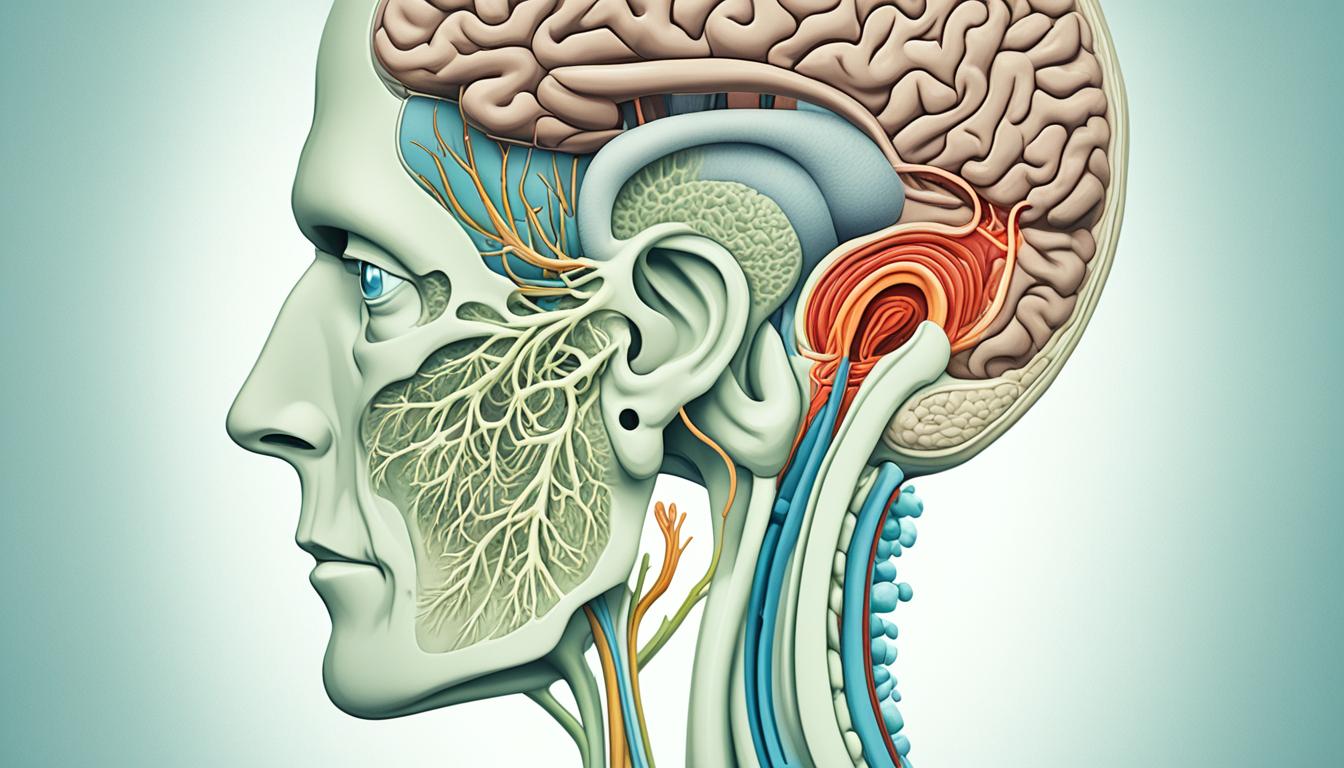A brain tumor is a mass of cells in or near the brain. It can put pressure on the brain, affecting its function. This leads to symptoms like headaches, nausea, and problems with balance. Tumors can start in the brain (primary) or come from other areas (secondary). They may be noncancerous (benign) or cancerous (malignant).
Different types of brain tumors exist, such as glioblastoma, medulloblastoma, and acoustic neuroma. They arise from various cell types. Depending on its location, a tumor can cause different symptoms. But common signs are chronic headaches, seizures, and changes in behavior. There may also be weakness in limbs or problems with balance or speech.
To diagnose a brain tumor, a doctor performs a detailed physical exam and checks your medical history. They use imaging tests like CT scans or MRIs. Sometimes, a biopsy is necessary for a specific diagnosis. Brain tumors are grouped by how severe they are, from benign (easily curable) to aggressive forms that can be fatal.
Surgery, radiation therapy, and stem cell therapy are treatment options for brain tumors. The best choice depends on factors such as tumor type, size, and location. It also considers the patient’s age and health. Timely treatment is crucial because brain tumors can damage nearby brain tissue. They can cause issues like weakness, changes in senses, and problems with thinking.
There’s no sure way to prevent brain tumors, but living healthily and avoiding cancer risks is wise. Regular medical check-ups are also important. Advancements in stem cell therapy may improve brain tumor treatment options in the future.
Key Takeaways:
- Brain tumors can be primary (originating in the brain) or secondary (spread from other body parts), and can be noncancerous (benign) or cancerous (malignant).
- Various types of brain tumors exist, including glioblastoma, medulloblastoma, and acoustic neuroma, each with different characteristics.
- Symptoms of brain tumors can include chronic headaches, seizures, changes in behavior, weakness or numbness in limbs, and difficulty with balance or speech.
- Diagnosis typically involves a physical examination, medical history review, and imaging tests like CT scans or MRIs.
- Treatment options for brain tumors include surgery, radiation therapy, and stem cell therapy.
Types of Brain Tumors and their Symptoms
Brain tumors come in many types, depending on where they start. Primary tumors begin in the brain itself. In contrast, secondary tumors start elsewhere in the body and move to the brain.
Noncancerous tumors are slow-growing and their symptoms take time to show up. On the other hand, cancerous tumors grow fast, leading to quick and worsening symptoms.
Gliomas and Related Brain Tumors
Gliomas and similar tumors come from glial cells. These cells support nerve cells. Types include astrocytoma, glioblastoma, oligodendroglioma, and ependymoma. Glioblastoma is the most common aggressive brain tumor.
Choroid Plexus Tumors
Choroid plexus tumors form in the brain’s ventricles, where they make cerebrospinal fluid. They can be either benign or malignant. The malignant form is choroid plexus carcinoma.
Embryonal Tumors
Embryonal tumors come from fetal cells left in the brain. These are more common in infants and children. Medulloblastoma is a key example.
Germ Cell Tumors
Germ cell tumors start in reproductive cells in the brain. They are usually near the pineal or pituitary gland. These tumors are often benign and are more frequent in children.
Pineal Tumors
Pineal tumors form in the brain’s pineal gland and vary in malignancy. Pineoblastoma is the aggressive type.
Meningiomas
Meningiomas start in the membranes around the brain and spine. Most are benign. However, a few can be malignant. They are the most common benign brain tumor.
Rare Types of Brain Tumors
Less common tumors can form in the brain’s different areas. These include nerve, pituitary, and bone tumors in the skull. Primary central nervous system lymphoma is a brain tumor that begins in immune system cells of the brain.
Acoustic neuroma develops on the nerve linking the brain and inner ear. It is usually noncancerous. This tumor often causes hearing problems, tinnitus, and loss of balance.
Diagnosing Brain Tumors and Treatment Options
Diagnosing brain tumors starts with a physical exam and a look at your medical history. Doctors use tests like CT scans and MRIs to find and measure the tumor. A PET/CT scan shows if the cancer has spread.
A biopsy may be needed for a clear diagnosis. Brain tumors are rated from least to most severe. The treatment plan is based on type, size, and where the tumor is. Plus, your age and general health matter too.
Surgery often aims to remove brain tumors completely. Minimally invasive surgery (MIS) with a Navigator helps do this with small cuts and a quick recovery. Radiation therapy is another option to stop the tumor from growing. You might also get pills to take.
Stem cell therapy is a new approach. It uses cells to repair damaged brain areas. Getting treatment quickly is key. Without it, the tumor can harm your brain and tissues around it, making symptoms worse.
Even though we can’t prevent all brain tumors, a healthy life and regular check-ups can help. They catch tumors early, which makes them easier to treat.

